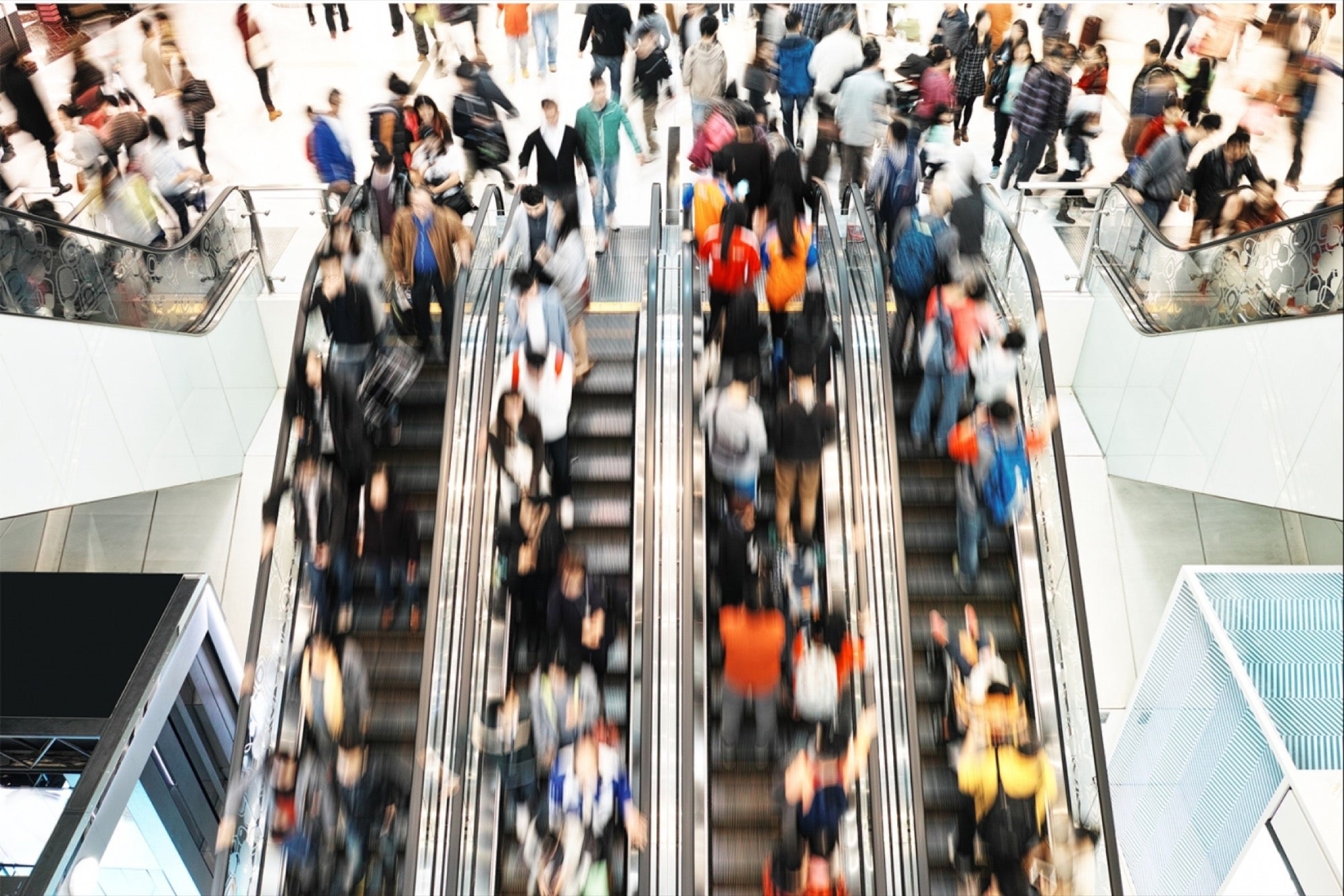5 Psychology Tactics That Will Help Retailers Win Customers' Hearts and Minds Instead of relying on shock-and-awe tactics this holiday season, here is how businesses should approach their battle for consumers' dollars.
By Liraz Margalit Edited by Jason Fell
Opinions expressed by Entrepreneur contributors are their own.

This holiday season, winning consumer's hearts and minds in your battle for their dollars can help compensate for a lack of "shock and awe" discounts.
This year, things are different. Consumers are more hesitant to pull the trigger in an uncertain economic environment, and marketers are less confident of victory. In fact, the National Retail Federation expects holiday sales to increase by only 3.7 percent, which is down from last year's 4.1 percent growth. Market research firm AlixPartners concurs, as does PricewaterhouseCoopers: this year's holiday sales are expected to show the lowest growth since 2009.
At the same time, NPD notes that retailers such as Nordstrom, Abercrombie and Fitch and Aeropostale will be offering more items at full price and minimizing promotions this holiday season.
Lower consumer confidence and fewer discounts?
Related: 4 Marketing Tactics for Appealing to Generation Z
Any good commander knows that force of arms alone isn't sufficient to win a battle. Morale is a key factor in any military victory. In the retail context, it needs to be about winning hearts and minds, not just shock and awe. Since so much is riding on online holiday shopping, retailers need to put their knowledge of shopper mindset to work, shaping the way products are psychologically framed to meet the emotional needs of uncertain shoppers.
How can we achieve this? Here are five ideas:
1. Highlight long-term value, not "nice to haves."
When consumers are feeling uncertain, they tend towards rational rather than emotional decision-making. The question the uncertain shopper asks about a purchase is not, "How does this make me feel?" but rather "Is it worth it?"
Thus, consumers this holiday season can be expected to gravitate to products that are perceived as having long-term value. Trendy products that could be considered frivolous or just "nice to have" will be less likely to appeal than products positioned as durable, long-lasting investments.
Retailers need to push "Is it worth it?" products to the top of their offerings, and adapt existing product descriptions to stress long-term value rather than short-term "feel good" benefits.
2. Reinforce group thinking.
Our basic psychological need for group belonging is compounded in times of uncertainty. When people lack confidence, they seek approval for their actions. Consumers are no different.
This holiday season, retailers need to reinforce group thinking by highlighting product popularity and bringing consumer reviews or even just "likes" to the forefront. Retailers need to make customers feel that they're in good company when they buy a given product.
3. Focus on suitability, not price.
Major retailers will be offering more items at full price and minimizing promotions this holiday season. At the same time, consumers collectively expect the deep discounts of previous holiday seasons -- which are simply not viable this year -- and will be disappointed when they don't find them.
How can retailers mitigate consumer disappointment over shrinking discounts? A good start would be by de-emphasizing price by highlighting product suitability.
Today's advanced personalization options can take into account consumer mindset and not just past behavior. This can help ensure that the "wow" factor of a highly suitable product presented to the right consumer at the right time will trump the expectation of a deep discount.
Related: 4 Marketing Principles to Dominate Your Target Market
4. Create a sense of urgency.
"Urgency" refers to the feeling that taking action in a given situation is so crucial that the natural tendency to put off decision-making is secondary. Especially in a time of low consumer confidence, retailers should aim to create the urgency that eliminates the impulse to stop and overthink a purchase.
How can this happen? Retailers should not hesitate to use loss aversion as a motivator to create urgency. In other words, when making decisions, people will typically exhibit greater sensitivity to the feeling of losing something rather than the feeling of gaining something. This can be based on limited product availability ("Only two left. Grab yours now!") or time limitation ("This price available only for the next 30 minutes!").
5. Build a collective experience.
You don't have to look farther that the average Apple product launch to understand the power of collective experience. Black Friday is in itself, of course, one giant collective experience.
Especially in the web context, the beauty of the collective experience is in the creation of expectation -- people plan for it in advance, discuss it in endless detail and share it with friends long before it actually happens.
Retailers should of course leverage existing collective experiences such as Black Friday. Through creative marketing and engagement, retailers can build brand association with upcoming events. But retailers should not be afraid to create their own collective experiences. Build expectation for an already-planned sale with countdowns. Encourage sharing by offering discounts for friend referrals and encouraging community interaction.
There is still hope.
All is not lost for the 2015 holiday season. The finality associated with the end of a year and the beginning of a new one is powerful motivator, especially when combined with the collective holiday shopping experience.
In other words, people will be buying, and buying a lot. The question is: will they be buying from you?
Retailers that effectively win over consumer hearts and minds with smarter personalization, more effective creation of urgency and collective experience, and more sophisticated product framing will be the winners of the battle for consumer dollars this holiday season.
Related: Effective Marketing Is About Creating a Movement, Not Selling a Product










